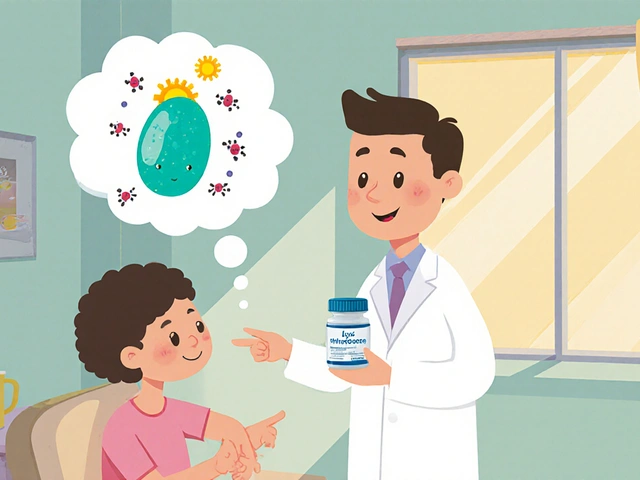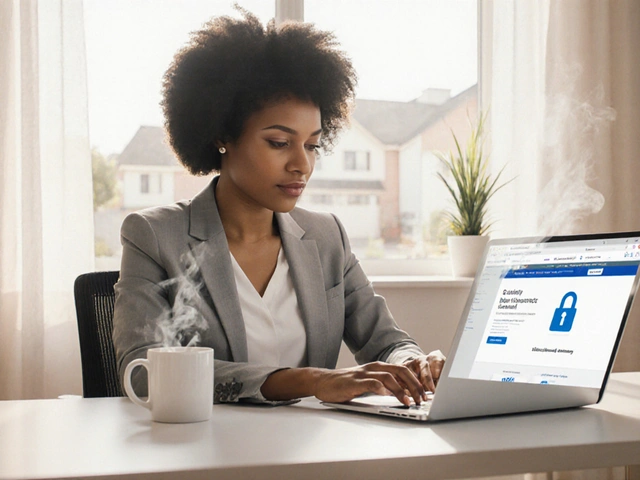Prevent Ocular Hypertension: Practical Steps to Protect Your Eyes
High eye pressure can quietly damage your optic nerve long before you notice vision loss. But there are clear, practical moves you can make to lower pressure and catch trouble early. Use these tips with regular checkups — they work together.
Simple daily habits
Small lifestyle changes can nudge pressure down. Aim for 30 minutes of moderate aerobic exercise most days — walking, cycling, swimming — which often lowers intraocular pressure. Avoid heavy straining like intense weightlifting or prolonged breath-holding; these cause short spikes in eye pressure. Don’t gulp large volumes of water fast — sip steadily to prevent short-term pressure rises. Limit caffeine — several cups can push pressure up temporarily.
Protect your eyes from injury and sun exposure. Wear safety glasses for DIY projects and sunglasses that block UV — damaged eyes handle stress worse. Avoid buying prescription eye drugs without a proper prescription. If you need affordable meds, compare legitimate pharmacies and ask your doctor for generic options.
Medical checks and treatments
Get a comprehensive eye exam at least every one to two years if you’re over 40, or sooner if you have risk factors like family history, short-sightedness, or steroid use. Eye doctors measure intraocular pressure, check the drainage angle, and image the optic nerve with OCT — those tests spot damage before you feel it. If pressure is high, treatments include topical eye drops (prostaglandin analogs, beta blockers, carbonic anhydrase inhibitors), laser trabeculoplasty, or surgery for tougher cases.
Never start or stop steroid eye drops, oral steroids, or steroid creams near your eyes without checking with a doctor — they can raise eye pressure. Know what to watch for: blurred vision, rainbow halos, sudden loss of vision, or severe eye pain — these need immediate care. Track meds and health. High blood pressure, sleep apnea, and some diabetes treatments influence eye health. Tell your eye doctor every medication and supplement you use.
Ocular hypertension means intraocular pressure above roughly 21 mmHg without optic nerve damage. But numbers aren’t the whole story; corneal thickness and optic nerve scans matter when deciding treatment. If you’re prescribed eye drops, use them on schedule. Missing doses reduces protection. Set alarms or link drops to daily routines like brushing teeth. Tell your doctor about side effects — redness, darkening of lashes, or breathing trouble with beta blockers. Most side effects are manageable with a switch.
For people with sleep apnea or heavy snoring, controlling breathing problems can help overall eye health — ask your GP about sleep studies if you suspect this. If you have a family history of glaucoma, get tested earlier and more often. Genetics matter — early action makes a big difference. Want help finding prices on eye drops or comparing pharmacies in Mexico? MexicanPharmacyPrices lists options and helps you find safe, cost-effective sources. But always confirm treatment with an eye specialist.
Finally, stay informed; regular checks and quick action on symptoms help protect your vision over time.





